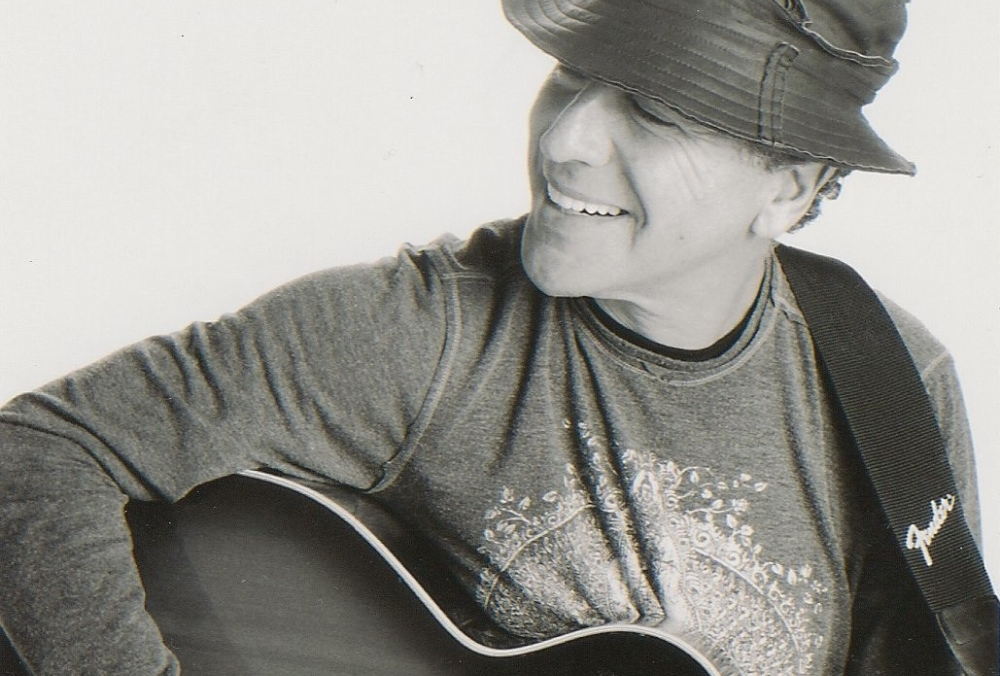
Vincent Poag’s latest album, The Unknown, explores life’s complexities. It’s a journey through familiar yet ever-changing landscapes, where warmth meets uncertainty and questions often outnumber answers.
The opening track, “Use It or Lose It,” sets the tone with urgency. Vincent Poag reminds us that time slips away like sand through fingers. It’s a call to embrace life before it fades. Following this, “This Love of Mine” and “Oh What a Beautiful Girl” highlight Poag’s gift for crafting timeless ballads. These songs echo the golden age of love songs from the 1950s, pulling at the heartstrings with simplicity and sincerity.
Every song on this album feels like a chapter in a well-worn book, offering glimpses of wisdom and raw vulnerability. The title track, “The Unknown,” is the album’s centerpiece—a kaleidoscopic dive into life’s mysteries. With lines like “All aboard, buckle up for the ride of your life,” Vincent Poag captures the surreal experience of navigating existence. His lyrics paint vivid imagery: “stoned misfits, armpit nosepicks, and thunder-ridden skies.” It’s chaos and beauty intertwined, a reflection of life.
The song digs deeper into life’s unpredictable nature with lines like, “What’s naughty, nice, happens twice.” Poag reflects on the scrapes, tears, and lessons that come with growth. Life is messy and wild—a flight in the night at the speed of light—and no one knows where it’s headed. Yet amidst this chaos, Poag offers moments of peace. He describes a serene scene: “Relaxed on your couch as the sun goes down. Shoes off, those you love by your side.” It’s a reminder that even in uncertainty, we can find comfort in small, grounding moments.
The Unknown is ultimately a celebration of life’s unpredictability. It embraces the messy, strange, and beautiful aspects of being human. For Vincent Poag, the album is an ode to the questions that keep us searching and the mysteries that pull us forward. The music feels like a guide—anchoring us in what we know while urging us to explore what we don’t.


 64
64